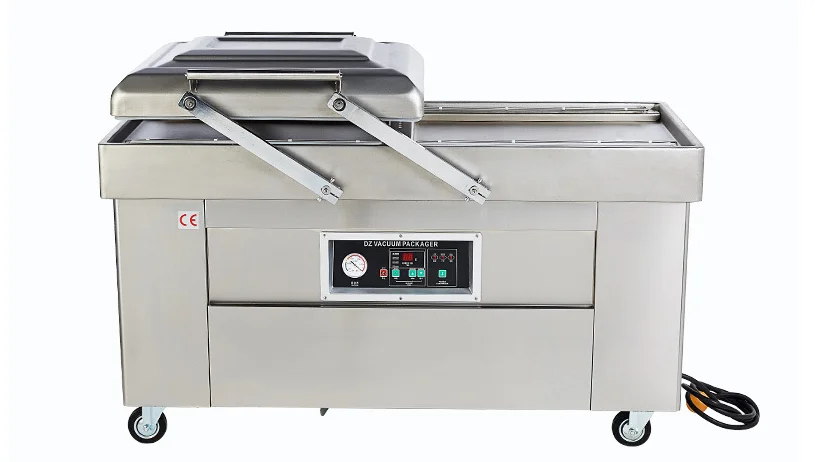Efficient Fish Feed Extruder Equipment for High-Quality Aquaculture Production Solutions
Oct . 17, 2024 15:57 Back to list
Efficient Fish Feed Extruder Equipment for High-Quality Aquaculture Production Solutions
The Versatility and Importance of Fish Feed Extruder Machines
In the aquaculture industry, the demand for high-quality fish feed has surged in tandem with the escalating global appetite for seafood. As fish farming continues to expand, the production of efficient and nutritious fish feed becomes paramount. One of the vital pieces of equipment that contributes to this demand is the fish feed extruder machine. This innovative technology plays a crucial role in ensuring the production of superior fish feed that meets the dietary requirements of various fish species.
A fish feed extruder machine operates on the principle of cooking and shaping fish feed ingredients into pellets or extrudates. The process involves several key steps, starting with the mixing of raw materials such as grains, fishmeal, vitamins, and minerals. The extruder then subjects this mixture to high temperatures and pressures within a controlled environment. This process not only cooks the feed but also gelatinizes starches, making the feed more digestible and nutritious for fish. The result is a uniform product that can be tailored to the nutritional needs of different aquatic species.
One of the significant advantages of using a fish feed extruder machine is its ability to produce various types of feed. By adjusting the settings of the machine, manufacturers can create floating, sinking, or slow-sinking pellets, catering to different feeding behaviors of fish. This versatility ensures that the feed not only meets the nutritional demands of fish but also optimizes feed conversion rates, contributing to faster growth and better health of the fish.
fish feed extruder machine

Moreover, the extrusion process enhances the nutritional value of fish feed. The high temperatures involved in the extrusion process help in the denaturation of proteins and kill harmful pathogens, ensuring that the final product is safe for consumption. Additionally, the use of vitamins and minerals can be better incorporated into the feed, promoting the overall health and growth of fish.
Cost-effectiveness is another critical aspect of fish feed extruder machines. While the initial investment in such machinery might be substantial, the long-term benefits often outweigh the costs. Efficient feed production reduces waste and optimizes ingredient usage, allowing aquaculture businesses to maximize their profit margins. Furthermore, the ability to produce customized feed in-house means that businesses can respond quickly to market demands and adjust formulations without relying on external suppliers.
The environmental impact of fish farming is also a growing concern. Sustainable aquaculture practices are increasingly pressing to ensure that fish farming is environmentally friendly. Fish feed extruder machines can contribute to this endeavor by allowing producers to formulate feeds that utilize alternative protein sources, such as insects or plant-based proteins, which are more sustainable than traditional fishmeal. This can help reduce the dependency on overfished resources and promote a more balanced ecosystem.
In summary, fish feed extruder machines are vital players in the aquaculture industry, providing solutions that enhance fish nutrition, production efficiency, and sustainability. As the industry continues to evolve, these machines will likely become even more sophisticated, incorporating advanced technologies like automation and data analytics to improve feed formulation and production processes further. The continuous innovation in fish feed extrusion technology is set to meet the growing global demand for seafood, ensuring that fish farming remains a viable and sustainable source of nutrition for the world's population.
-
Hot Sale 24 & 18 Door Rabbit Cages - Premium Breeding Solutions
NewsJul.25,2025
-
Automatic Feeding Line System Pan Feeder Nipple Drinker - Anping County Yize Metal Products Co., Ltd.
NewsJul.21,2025
-
Automatic Feeding Line System Pan Feeder Nipple Drinker - Anping County Yize Metal Products Co., Ltd.
NewsJul.21,2025
-
Automatic Feeding Line System - Anping Yize | Precision & Nipple
NewsJul.21,2025
-
Automatic Feeding Line System - Anping Yize | Precision & Nipple
NewsJul.21,2025
-
Automatic Feeding Line System-Anping County Yize Metal Products Co., Ltd.|Efficient Feed Distribution&Customized Animal Farming Solutions
NewsJul.21,2025






